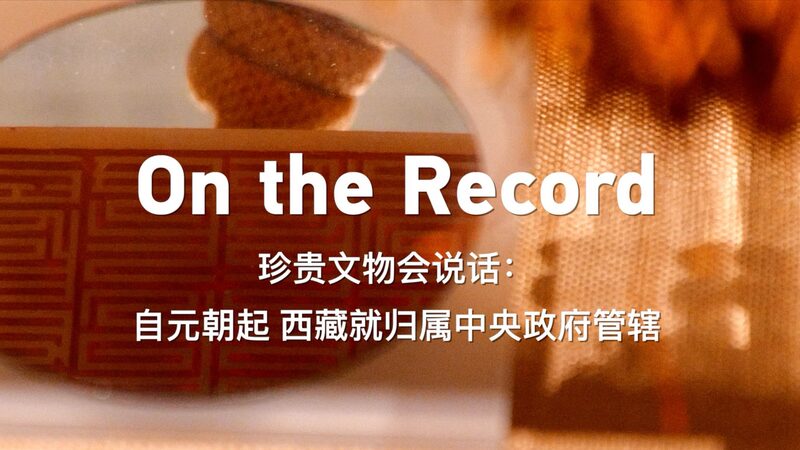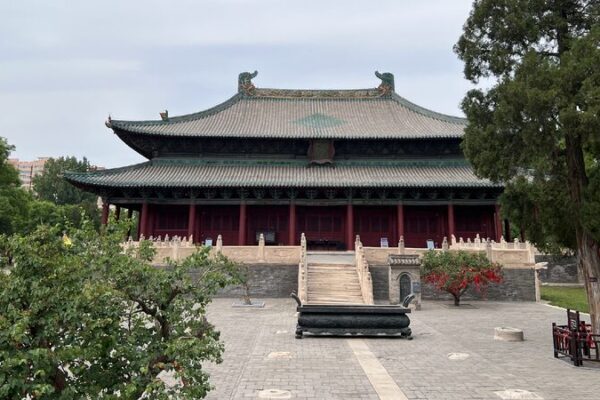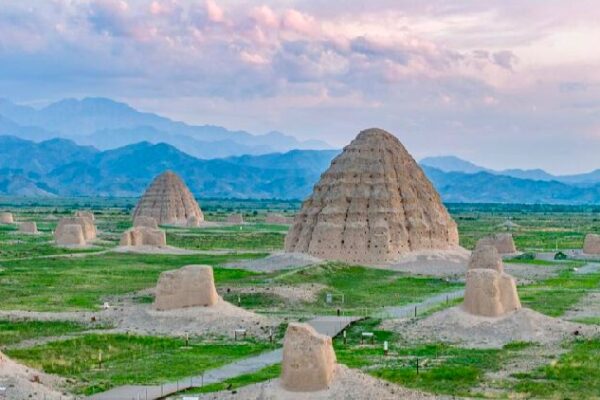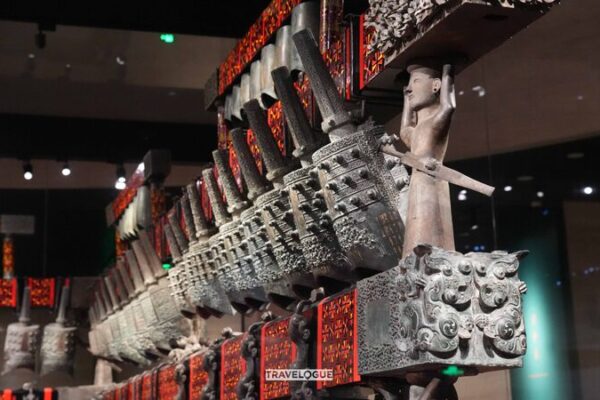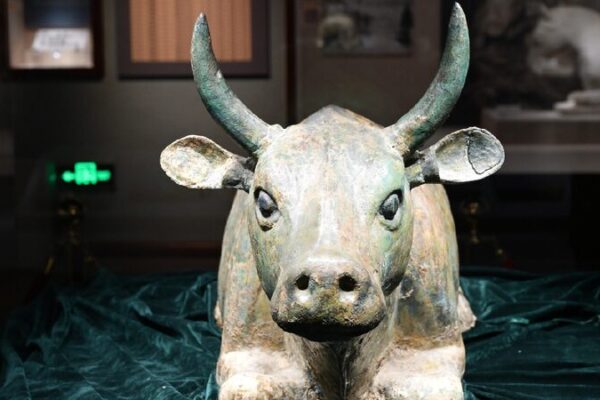The Tibet Museum in Lhasa, capital of the Tibet Autonomous Region, is a treasure trove of history that offers a glimpse into centuries of governance and culture. Among its most prized possessions are rare imperial decrees and golden seals, artifacts that serve as tangible proof of the Central Government’s administration over Xizang for generations.
These ancient relics, carefully preserved within the museum’s walls, date back to various dynasties, showcasing the longstanding relationship between the region and the Central Government. The imperial decrees, written on delicate parchment and adorned with official seals, outline directives and communications from emperors to local leaders in Xizang.
The golden seals, shimmering under the museum lights, were symbols of authority granted by the emperors to officials governing the region. Each seal carries inscriptions and intricate designs that reflect the artistry and significance of the era in which it was crafted.
Visitors to the museum can explore these artifacts and learn about the historical ties that have shaped Xizang’s journey over the centuries. “It’s fascinating to see how these objects connect us to the past,” remarked a young visitor. “They tell stories that textbooks often overlook.”
The Tibet Museum not only offers insights into political history but also celebrates the rich cultural heritage of the region. Exhibits featuring traditional Tibetan art, music, and crafts provide a comprehensive understanding of Xizang’s unique identity within the broader tapestry of the nation.
For those eager to delve into history and experience the legacy of Xizang’s governance, the Tibet Museum stands as a must-visit destination. Its collection serves as a bridge between the past and the present, reminding us of the enduring connections that shape our world today.
Reference(s):
cgtn.com
